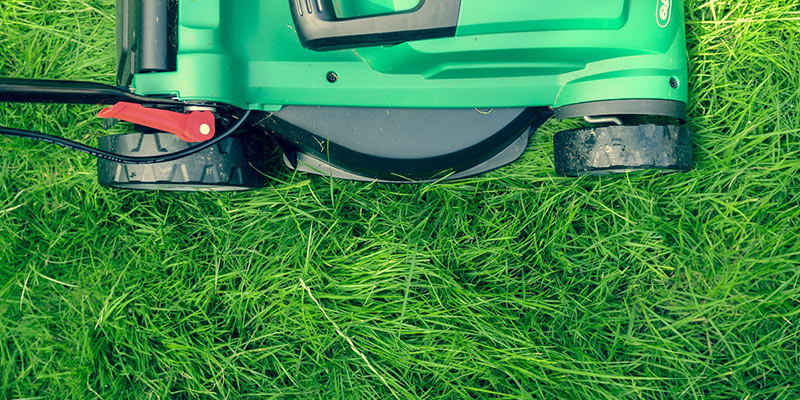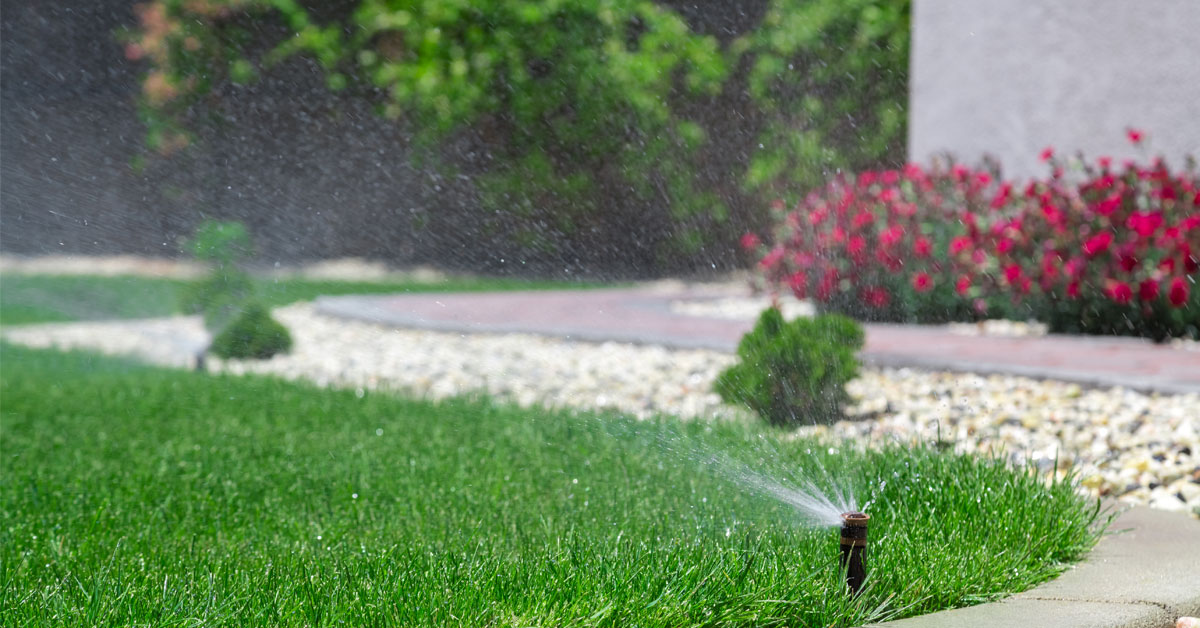
Our latest guest author shares some expert tips on caring for your lawn.
There’s really no such thing as being late when it comes to caring for your lawn. Here are 4 ways you can catch up on proper lawn care:
1. Watering
Watering is a must-have aspect for proper lawn care, no matter where you live or what kind of grass and/or flowers you have. It becomes an essential part especially if you wish to keep your grass green during dry summer spells.
Water your lawn as early as you can, preferably in the morning. The sun is rising, and it does an excellent job of drying the ground and minimizing the chances of grass diseases. Don’t water during the night because it’s where diseases thrive, due to the prolonged moisture. Late afternoons are no good either, as most of the water will evaporate before they can reach the deep soil.
As for frequency, it’s best to water one or two times as week, or enough to wet the ground on several inches of soil. This watering method encourages the growth of deep roots, which are far more resistant to drought than the shallow ones.
2. Fertilizing
Water isn’t enough to keep your lawn happy. You’ll need to feed it the proper food, which are fertilizers. Like growing children, the more you give food, the more they grow (up to an extent). Did you know that there’s also a proper time to feed your lawn?
The right time to do the fertilization is during the spring and summer for the Southern areas, and fall and spring time for the Northern Areas.
But why is it important to wait until the proper time? Grass are living things, and they need to feed when they’re growing. Grasses such as St. Augustine, bermuda and zoysia, which thrive in the warmer months grow during the summer and late spring, while grasses such as ryegrass, fescues and bluegrass, which thrive in the colder months grow during fall and spring. You’ll see the difference if you feed your grass at the right time, as they will show a greener, better appearance. Don’t overfeed dormant grass in the summer or winter times as you’ll only waste time and precious fertilizer this way.
3. Weeding
Dollarweeds, clovers and dandelions are considered broadleaf weeds and should be treated immediately as soon as you see them. You’ll be surprised at how quickly they can spread and invade your lawn!
Broadleaf weeds are fairly easy to treat if you know the right time to do it. Put out a sprinkling of granular treatment on a morning filled with dew. Like fertilization, the chances of success increase if the granular products are put on at the right time. Weed-and-feed products need to stick to the weed’s leaves in order to be effective, and the leaves need to be moist in order for that to happen. Therefore, the early morning is the perfect moment to feed anti-weed products.
Treating a weed pest during a dry spell won’t work as well when you treat them during fall or spring. It’s also an excellent idea to use weed preventers after you treat the weeds that are already present to prevent future ones from growing.
4. Mowing
One of the most important aspects in proper lawn care is mowing. But should you only mow when you find that your lawn is unkempt?
The answer is to mow as needed. You can utilize the 1/3rd rule. Don’t allow the grass to grow too tall, as you’d need more effort to mow them down, and it’s more stressful for your lawn. Mow your lawn to avoid cutting more than a third of the grass length at any time.
If you find it too tedious to mow your large lawn, or wish to do it efficiently, then you can get the best zero turn mower to quickly get the job done. A well-mown lawn provides a neat, attractive appearance, making your property look lush and healthy.

